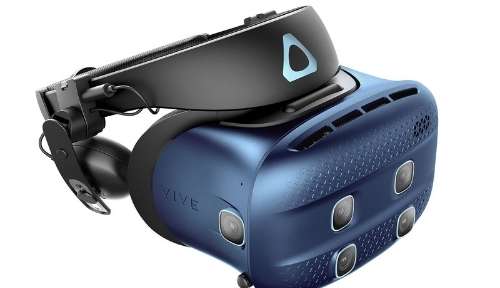
I associate VR with a lot of use cases, but web browsing isn’t always one that comes immediately to mind. Of course growing up a lot of cyberpunk literature described browsing the web as something done in fully-immersive virtual worlds.
When I finally did get a dial-up modem it was less Johnny Mnemonic and more waiting an hour for that sweet Star Trek wallpaper to download. Now however, Mozilla might give us our cyberpunk dreams with their new Firefox Reality browser.
Reality Sinks In
Right now Mozilla Reality is available for Viveport, Oculus Go and Google Daydream. The entire UI is designed from the ground up for VR navigation and browsing.
According to Mozilla, this browser is designed to work best with standalone VR, AR and MR headsets.
You can see the basic interface in this demo video. (Video Credit: Mozilla Foundation)
The video shows a clean transition between 2D browsing and VR content. Reality also makes good use of mobile motion controllers.
Feeling Content
Reality supports several kinds of content. These include 360-degree videos, games, immersive photos and presumably more. Although the Reality launch site doesn’t showcase any AR or MR apps just yet.
Until we see more developers engage with the browser, the real potential of it remains to be seen. Mozilla have create a platform for web-based VR, now someone has to build on that platform.
Desktop Days
This new browser concept from Mozilla is very promising, since VR, AR and MR have been handled apart from web applications until now. Mozilla has always been a key player in establishing new web standards. While Reality itself is version 1.0 software mainly meant to get developers going, it’s likely to bring an answer to the question of how to make web VR content.
We also shouldn’t forget that the desktop version also supports the WebVR standard. So hopefully the UI and content work being done for Mozilla Reality will make its way to the desktop browser too. However, Mozilla Reality isn’t branded as a Firefox product, so clearly the company wants to keep them apart. We’ll see how much cross-pollination there is.
I wouldn’t get one of these standalone headsets just for Mozilla Reality, but if you already have one or were going to get one anyway, then you’d be silly not to try it out.







